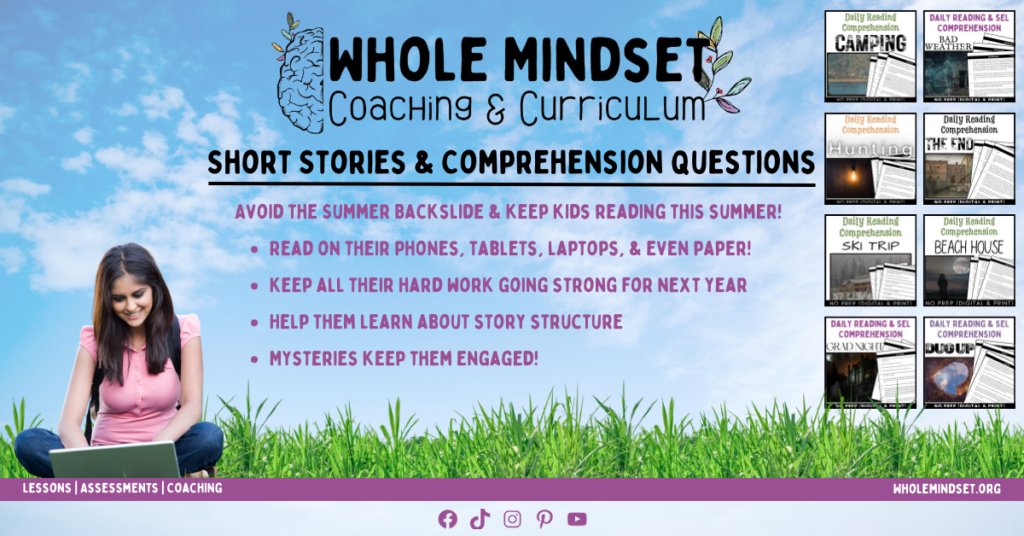Your cart is currently empty!
How to Help with Humility for Teens and Beyond
Humility is something I’m working on with my teens. When they ask what it means I always struggle a little with giving just the right explanation. It is something that grows and changes as we grow and change. It is a core value I hold very dear, and one I believe is often overlooked. This website, Living Values Education, broke down humility into age groups and I really love what they did!
So what does humility have to do with helping others? A lot actually!
For Example…
Again, I am struggling with how I want to word this. Essentially, if we see an individual in need of help we do not necessarily need to fly in and take over. That would be an example of coming from a place void of humility – even if our hearts are in the right place. For example, you are in the grocery store and see an elderly woman trying to reach a box on a high shelf. You can reach out and hand it to her, or you can ask her if she needs any help. Just handing it to her takes away her autonomy in a world in which she is likely already fighting to keep that autonomy. If you ask first though, “Can I help you with that?” then you are keeping the power with her. Just look at the wording of the question – “you” is still the subject. It also lets her feel in control, she has the power to say “no” if she so chooses.
Another good example is when a child is trying to put on their shoe, but is struggling. Do we take over and just do it all for them? Or do we allow space for them to learn and feel successful?
Teens are in a unique position in which they are capable of giving all kinds of help – emotional, physical… What matters right now is that we teach them how to do these things with humility.
Humility In the Real World…
How we approach helping others plays a large role in the success of our relationships. In a recent lesson, “Super Lost,” one of the characters (Ava) feels shut down by the other main character (Jacob) when she feels her suggestion is ignored. This is a typical scenario I would venture to say everyone on Earth has faced at one time or another. With healthy communication skills, we can work through these types of situations. However, if we lack humility, we will struggle – a lot.
Someone in that situation, who has humility, will understand there are other perspectives, and everyone comes from different experiences. So taking a minute to talk through it can clear things up easily. Without humility, the person who feels shut down will take the situation personally and the relationship will suffer.
Application
What’s the best (most humble) way to navigate this scenario? Lets say Jim appears to have shut down your idea without any consideration. You can, as we saw with the elderly woman, come from a place of asking (as opposed to telling). “Jim, can you take a moment to reconsider my idea?” is a good place to start. Or, “I don’t feel like you really considered my suggestion, can you please think about it a little more?”
When working on this with students, we should explore the ideal responses that include humility, but also the ones that are impudent. This helps students recognize what each one looks, feels, and sounds like. Below is a free worksheet that you can use when teaching this.
Helping with humility is a vital relationship skill and a big part of social-emotional learning (SEL). For more SEL lessons, visit the Whole Mindset shop or the Teachers Pay Teachers shop. For member-only sales, freebies, and updates on the new podcast – Join the newsletter (100% spam-free guaranteed!)


